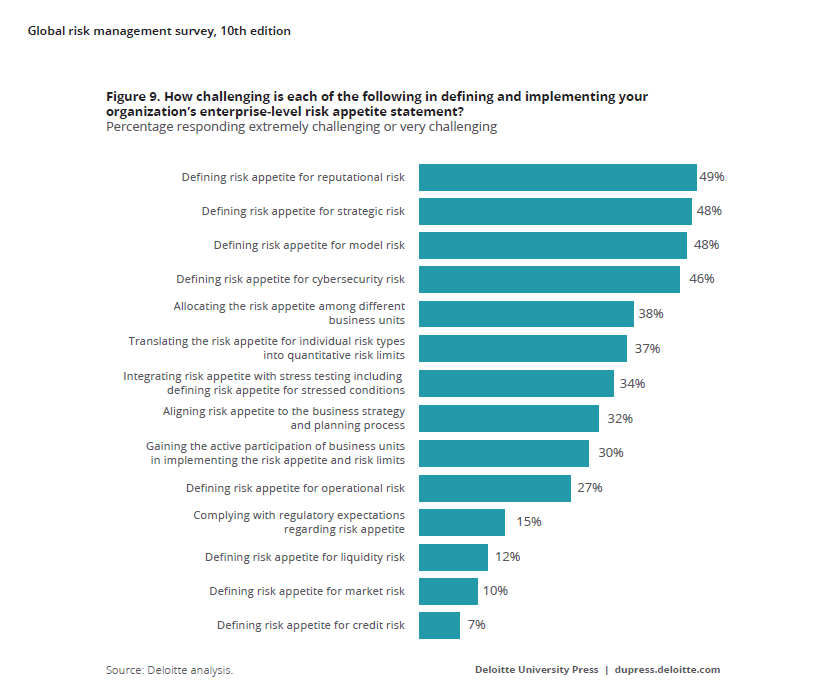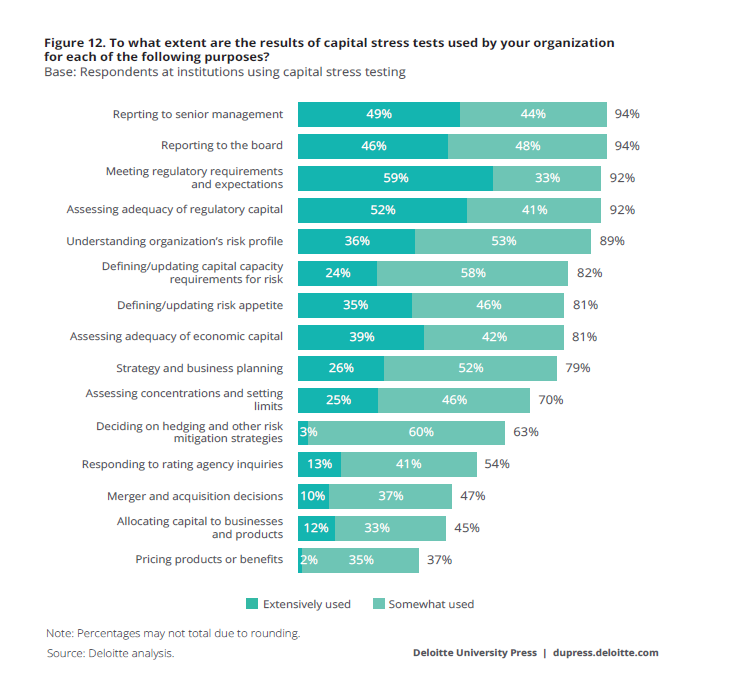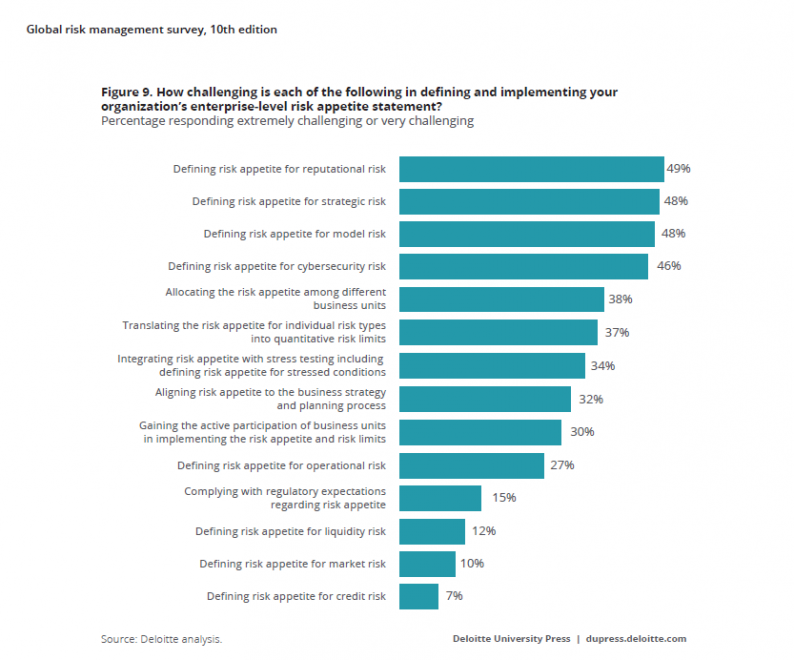The fragility of the world’s Internet ecosystem was exposed earlier this week when an outage at Amazon Web Services rippled across the World Wide Web, disrupting everything from question-and-answer site Quora, to bill splitting app Splitwise and the outage even reportedly disrupted IoT connected home devices such as Nest Thermostat and Amazon Echo. Even the US Securities and Exchange Commission was impacted with loading times increasing by up to 1165%. The infrastructure collapse was so bad even Amazon couldn’t update its own AWS status dashboard.
Initially thought to be a large-scale hack attack, it has since emerged that the outage was nothing more than a fat finger error. Amazon released a press release yesterday stating one of its employees was debugging an issue with the billing system and accidentally took more servers offline than intended. This error started a domino effect that spread across the entire ecosystem.
While AWS’s collapse wasn’t brought about by malicious intent, it has reignited the debate around cloud connected device security and the world’s increasing dependence on cloud infrastructure.
Most companies just aren’t prepared to deal with the growing cyber security threats posed to their businesses.
Most Financial Firms Are Underprepared For Cyber Security Risks
Cyberattacks increased by 50% in the second quarter of 2016 compared to the second quarter of 2015, and the number of cyber attacks against financial institutions is estimated to be four times greater than against companies in other industries. A study in the first quarter of 2016 found that there had been a 40% increase in cyber attacks targeting financial institutions.


According to Deloitte’s 10th annual global risk management survey, while cyber security is at the top of most risk managers’ agendas, roughly half of the survey’s respondents were either extremely or very concerned about several issues related to IT systems, including legacy systems and antiquated architecture or end-of-life systems. 51% of respondents cited this as being their core concern while 49% were extremely or very concerned about the inability to respond to time sensitive and ad hoc requests. A lack of flexibility to extend existing IT systems and a lack of integration among systems, are two other areas of concern.









Leave A Comment